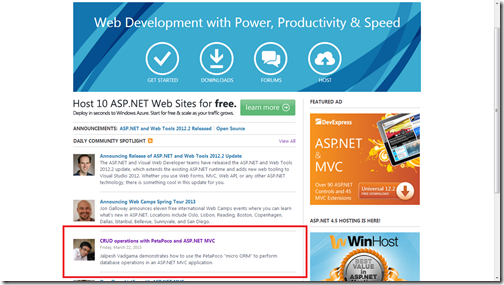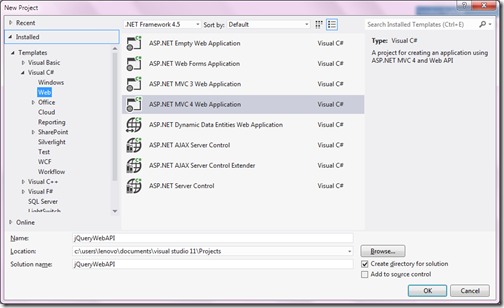Right now everybody is talking about HTML5 and its contains lots of new features like web sockets, canvas, new intput types with validation etc.
With HTML5 new input types is going to be one of coolest feature and in future more and more people are going to use that feature. So in asp.net 4.5 asp.net development team given a support via TextMode property enhancements.
In earlier versions of ASP.NET we used have only three properties for TextMode property of asp.net textbox control.
ASP.NET 4.5 text mode property enhancement:
In earlier versions of ASP.NET we used have only three properties for TextMode property of asp.net textbox control.
- MultiLine- for multiline textbox.
- Password- for password textbox
- SignleLine –for single line textbox
- Color- for Color entries
- Date- for date entries. You can enter dates only
- DateTime – for datetime entries with respect to local time zone.
- DateTimeLocal- for datetime entries with respect to local time zone.
- Email- for email address
- Month- for month and year entry.
- Number- for entering numeric values.
- Range- for containing range between two numbers.
- Search- for search field. A search field is like regular text fields
- Tel- for telephone number.
- Url- for website url entries. It will only contain urls.
- Week- for entering weeks and year.



